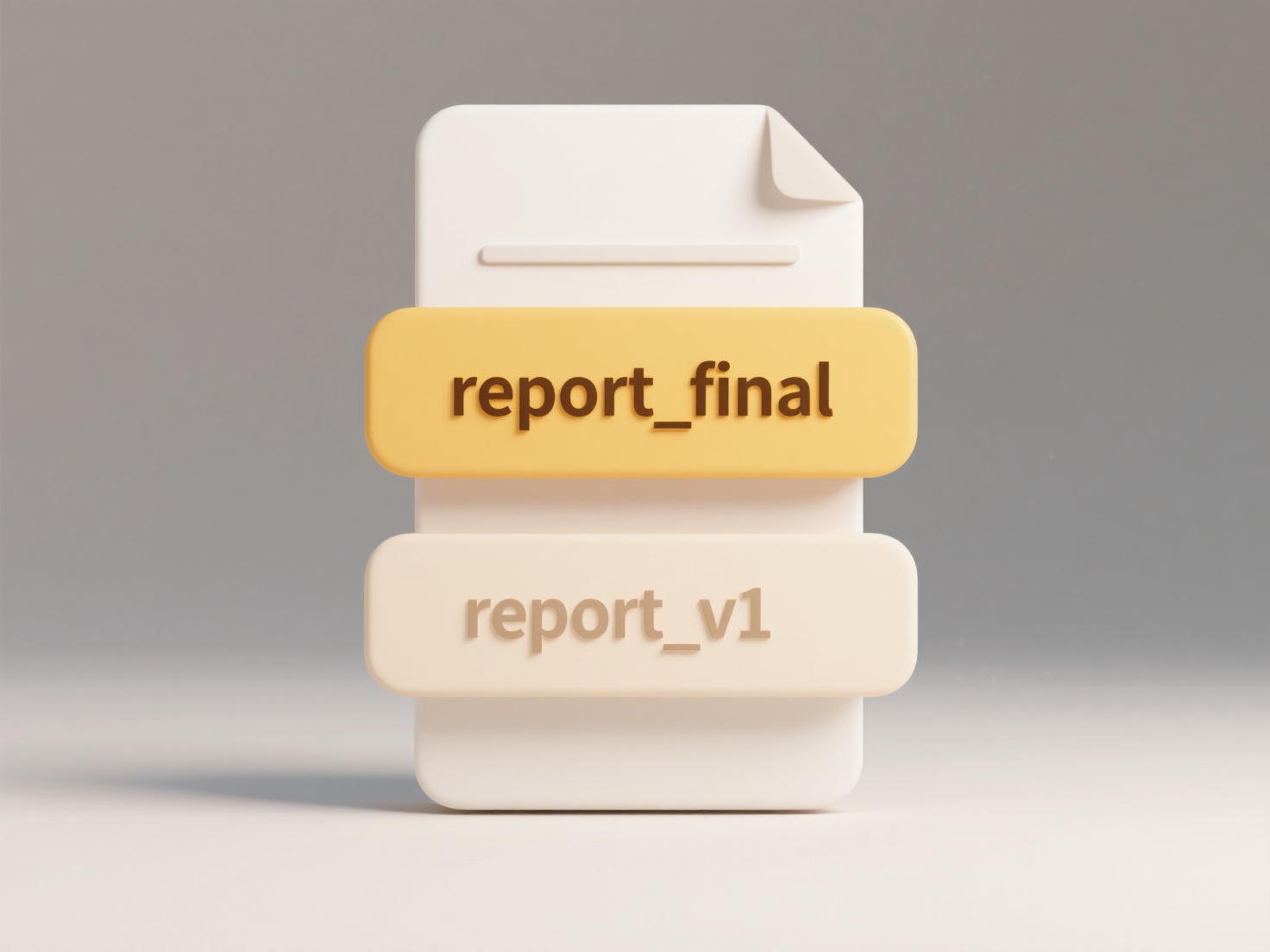
Handling archive folders over multiple years involves organizing files or data into a structured, long-term storage system using dated subfolders. Unlike active yearly folders, archives prioritize retention policies, accessibility over years, and efficient searchability, often separating them from current operational areas. A typical approach uses a root archive folder containing year subfolders (e.g., Archive/2022, Archive/2023), with quarterly or monthly divisions if needed.

For example, a finance department might archive yearly tax documents (invoices, receipts) within year-labeled folders, ensuring compliance with legal retention periods. A marketing team could store completed campaign assets in yearly subfolders under a main Projects_Archive, using consistent naming like "CampaignX_Assets_2022". Tools like Windows File Explorer’s search filters, cloud platforms (Google Drive, Dropbox), or dedicated archival software (like ArchiverFS) manage access and retrieval.
This approach saves storage costs and simplifies audits but requires diligent naming conventions and regular maintenance to avoid disorganization. Adherence to data privacy regulations (like GDPR) is crucial when archiving sensitive info. Future improvements may include automated tagging by AI or integrated retention policies within cloud platforms, reducing manual effort as data volumes grow.
How do I handle archive folders over multiple years?
Handling archive folders over multiple years involves organizing files or data into a structured, long-term storage system using dated subfolders. Unlike active yearly folders, archives prioritize retention policies, accessibility over years, and efficient searchability, often separating them from current operational areas. A typical approach uses a root archive folder containing year subfolders (e.g., Archive/2022, Archive/2023), with quarterly or monthly divisions if needed.

For example, a finance department might archive yearly tax documents (invoices, receipts) within year-labeled folders, ensuring compliance with legal retention periods. A marketing team could store completed campaign assets in yearly subfolders under a main Projects_Archive, using consistent naming like "CampaignX_Assets_2022". Tools like Windows File Explorer’s search filters, cloud platforms (Google Drive, Dropbox), or dedicated archival software (like ArchiverFS) manage access and retrieval.
This approach saves storage costs and simplifies audits but requires diligent naming conventions and regular maintenance to avoid disorganization. Adherence to data privacy regulations (like GDPR) is crucial when archiving sensitive info. Future improvements may include automated tagging by AI or integrated retention policies within cloud platforms, reducing manual effort as data volumes grow.
Quick Article Links
What mobile apps allow detailed sharing control?
Detailed sharing controls in mobile apps refer to granular privacy settings that allow users to precisely manage who can...
Can I search with wildcards like * and ?
Wildcard searches allow asterisks () to represent multiple unknown characters and question marks (?) to represent a sing...
Can I prevent others from changing file formats?
Preventing others from changing file formats generally means restricting the ability to convert or save a file from its ...